May 23, 2025 | 21:30 GMT +7
May 23, 2025 | 21:30 GMT +7
Hotline: 0913.378.918
May 23, 2025 | 21:30 GMT +7
Hotline: 0913.378.918
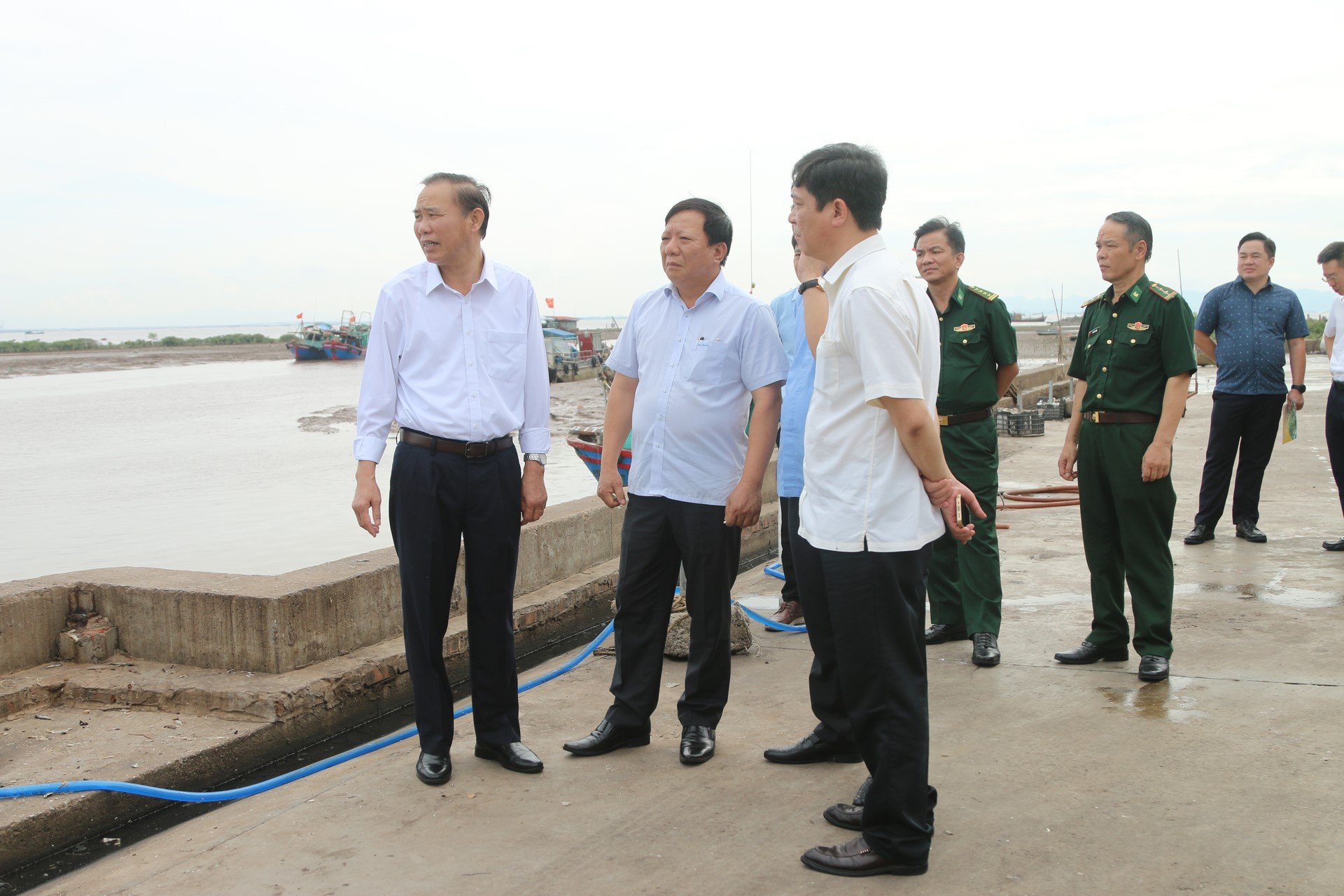
Deputy Minister Phung Duc Tien inspects the work against IUU fishing at Ngoc Hai fishing port. Photo: Dinh Muoi.
In the actual inspection at Ngoc Hai fishing port, the delegation assessed that, compared with previous times, the recording of ship quantities arriving and leaving the wharf has improved, but not in accordance with the model. The quality of recording fishing logs is very low, causing difficulties in seafood traceability.
Notably, there are still many ships that have lost contact, and the handling of violating fishing vessels is still limited and does not guarantee deterrence. The professional qualifications of officers at the fishing port are still limited, but when the Ministry of Agriculture and Rural Development (MARD) organized a lot of training on fishing vessel monitoring and output classification and monitoring, this force in Hai Phong did not participate. Officers firmly grasp the process of fishing vessels arriving and leaving the port, but the handling of violations has not met the requirements.
Working with the Hai Phong City People's Committee, Deputy Minister Phung Duc Tien assessed that Hai Phong's work against IUU fishing has changed recently, but still slowly. The Deputy Minister emphasized that each inspection is very specific and detailed, pointing out the limitations, shortcomings, and contents that need to be overcome, but the subsequent implementation has not been as expected.
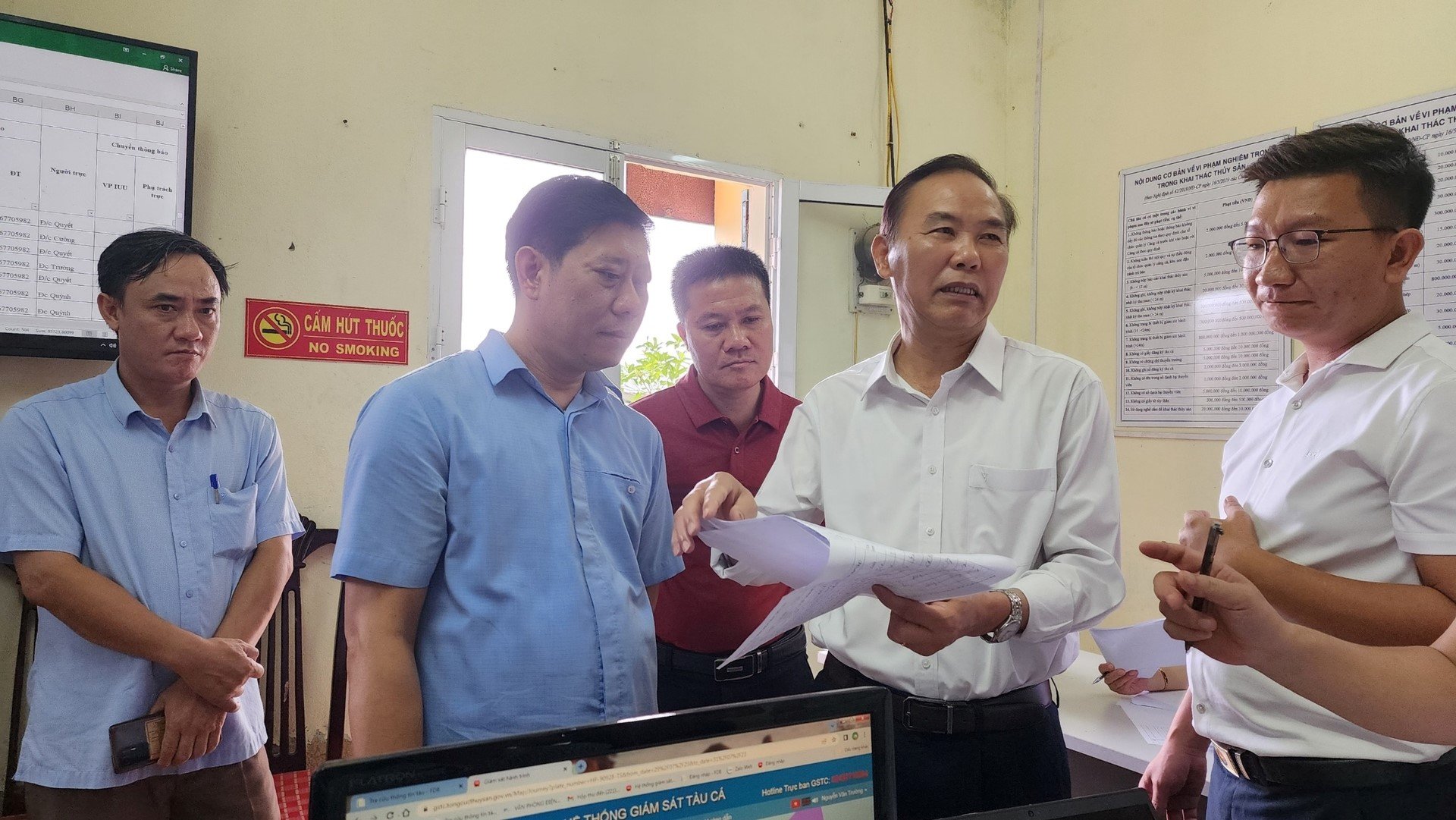
Deputy Minister Phung Duc Tien checks the recording of fishing logs. Photo: Dinh Muoi.
For example, the recording of fishing logs is still of a coping nature. Although the unit has up to five law enforcement forces with full functions and duties, many violations are not handled when detected. Currently, the system of legal documents and regulations has sufficient foundation to handle and manage issues related to anti-IUU fishing. Hai Phong needs to have a more realistic solution and a topic to implement.
Mr. Nguyen Duc Tho, Vice Chairman of the Hai Phong City People's Committee, frankly accepted the suggestions of the Deputy Minister and delegation. Mr. Nguyen Duc Tho acknowledged that the recent limitations and shortcomings in combating IUU fishing are due to the fact that specialized agencies have not performed well on their assigned functions and duties.
Hai Phong City will drastically direct, and relevant specialized agencies will have a frank review and find solutions to thoroughly overcome the above-mentioned shortcomings and limitations.
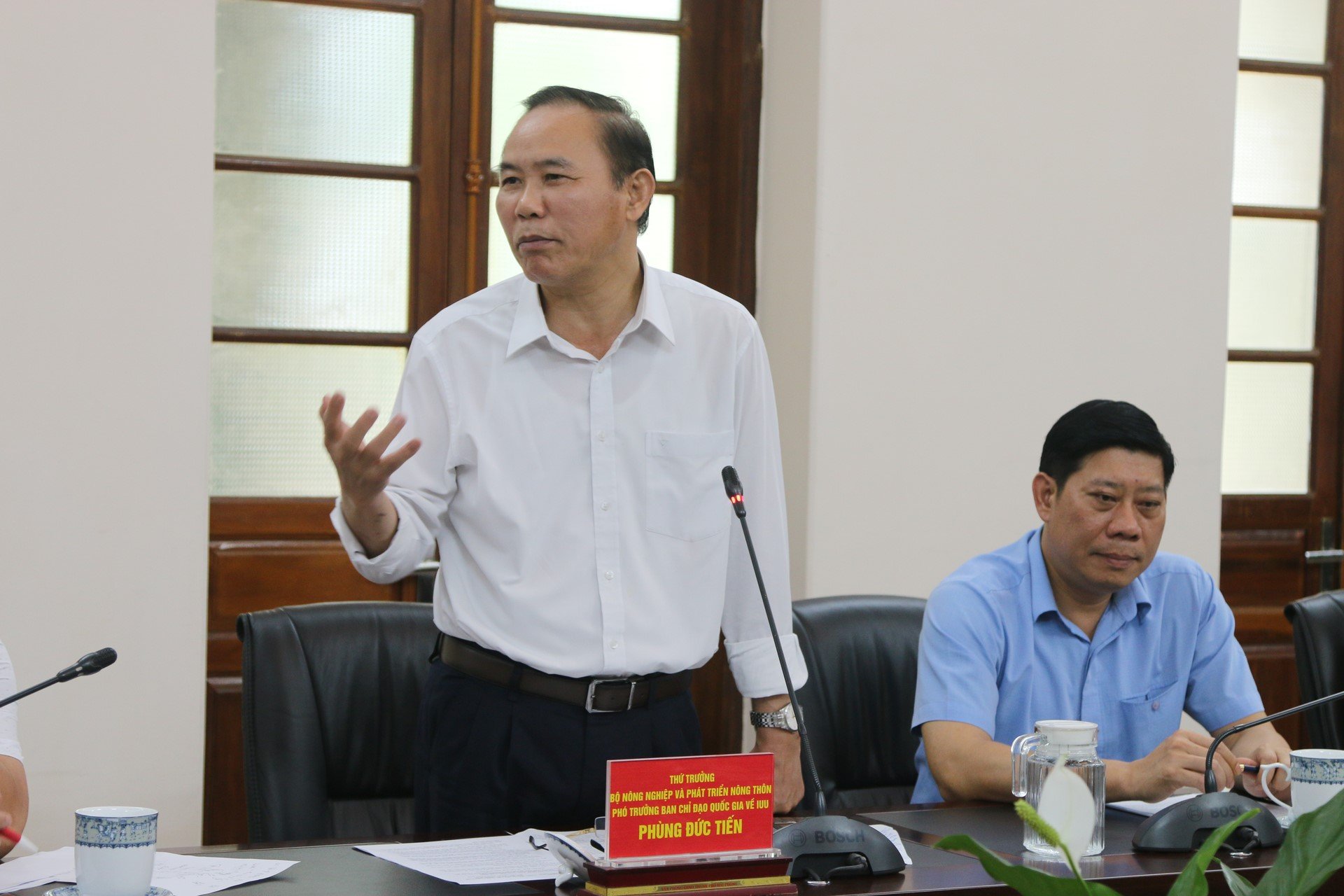
Deputy Minister Phung Duc Tien asked Hai Phong to focus on handling shortcomings in combating IUU fishing at the meeting after the actual inspection. Photo: Dinh Muoi.
Hai Phong is one of the five major fisheries centers in the country and a large market for the consumption and processing of seafood products, with many opportunities and potential for expansion.
Over the past time, agencies and units have actively participated, and localities have consolidated and established teams to combat IUU fishing (with the Vice Chairman of the District People's Committee as a team leader) and assigned responsibilities to branches, People's Committees of communes, and wards for managing and supervising fishing vessels not engaged in fishing activities.
Authorities have also developed plans and implemented duties and solutions to combat illegal fishing in the area. Thanks to this, people's awareness of combating illegal fishing has increased, and the number of fishing vessels violating IUU fishing has decreased markedly.
Fishermen have initially formed the habit of recording fishing records, logs, and reports, turning on round-the-clock cruise monitoring when operating at sea, and making reports to the authorities according to regulations when the ship enters and exits the port.
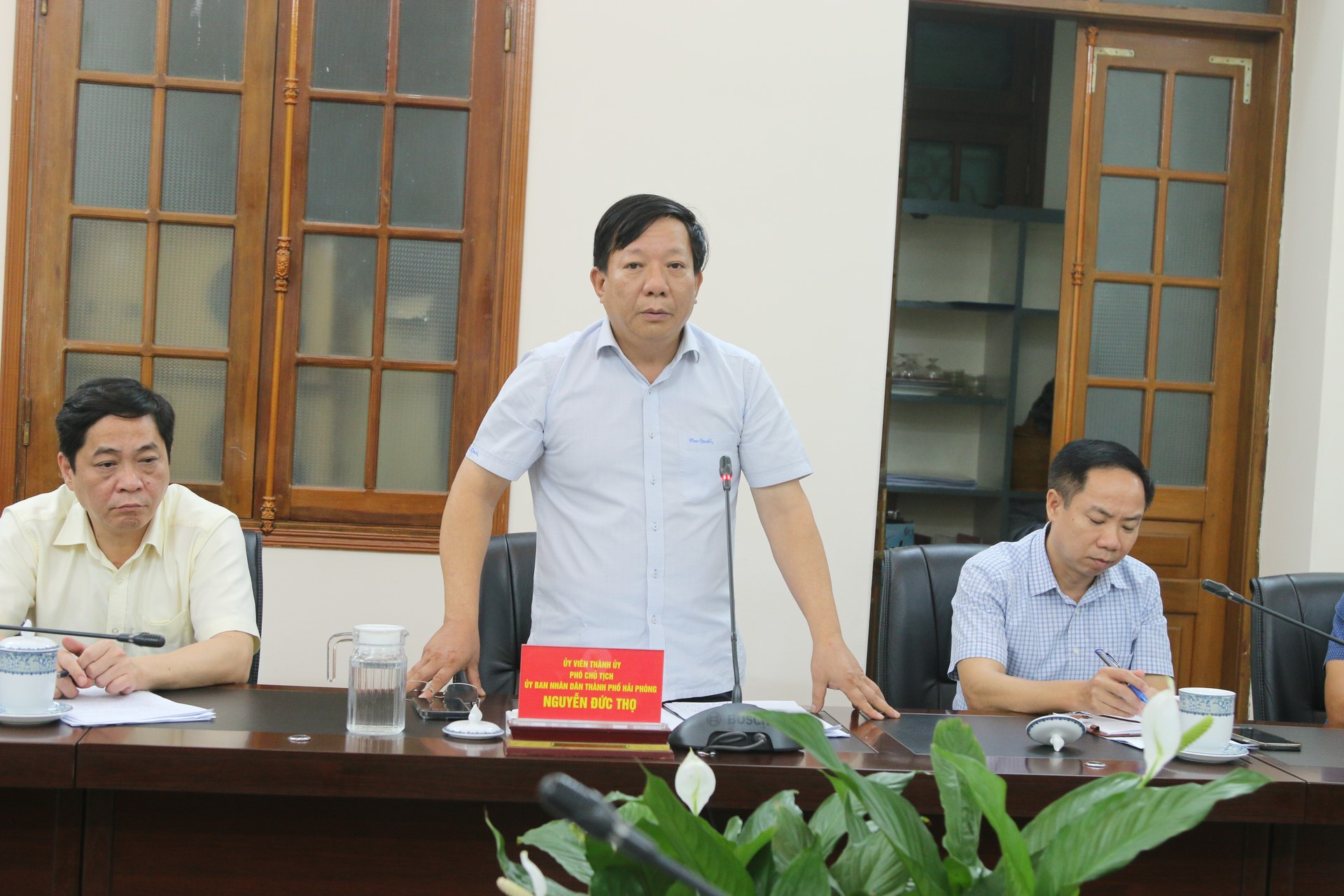
Mr. Nguyen Duc Tho, Vice Chairman of the Hai Phong City People's Committee, received directions from MARD’s leaders at the meeting. Photo: Dinh Muoi.
However, the work of combating IUU fishing still has some shortcomings, such as the control of fishing output and the collection of fishing logs, fishing reports, and purchasing reports that do not meet regulations. Currently, there is still a situation of lost connection due to a number of reasons, such as the equipment quality is not guaranteed, with the requirement of repairs or a warranty, but the supplier has not promptly provided a warranty.
Some trawlers operate in the traditional fishing grounds, which are shallow areas, but because the vessel’s maximum length is more than 15m, they operate in the wrong area according to regulations, leading to difficulties in combating IUU fishing.
The results of handling administrative violations are still low, especially sanctioning ships that lose connection and do not meet the 100% target under MARD’s direction. The reason is that the verification of violations by organizations and individuals engaged in fishing activities through the cruise monitoring system of fishing vessels lacks closeness without enough legal foundation, and fishing vessels that lose connection with the monitoring system do not return to the locality.

Ngoc Hai fishing port, Do Son district. Photo: Dinh Muoi.
It is expected that in October 2023, the EC will continue to send an inspection delegation to our country to work on combating IUU fishing. Accordingly, Mr. Nguyen Quang Hung, Director of the Vietnam Fisheries Surveillance, focuses on directing the good implementation of five jobs.
First, the locality quickly implemented the conclusion of Deputy Prime Minister Tran Luu Quang on the proposal of 28 coastal provinces and cities to conduct a general inspection of anti-IUU fishing, in which the focus is on tallying the number of fishing vessels installing cruise monitoring equipment. If not, make a separate list to update the national data for monitoring and exploitation, ensuring 100% of fishing vessels do not enter or exit the port if they do not install cruise monitoring equipment.
Second, control fisheries at the port, conduct monthly inspections and control the operation of the office, output, and fishing log. Third, strengthen control of fisheries at sea. Fourth, focus on handling violations because the number of violations is quite large but the handling is still modest. Fifth, use all the potential to solve the limitations and inadequacies so that all the shortcomings will be overcome by October.
As of August 2, Hai Phong city has 890 fishing vessels still in operation and registered on the VNFishbase system, including 321 vessels with a length of 6–12m, 238 ships with a length of 12–15m, and 311 ships over 15m long.
Classified by fishing groups, drag net has 198 ships, trawl net has 256 ships, troll fishing has 12 ships, trawling has 191 ships, logistics has 106 ships, and other occupations have 127 ships.
About 4,970 workers are involved in fishing. Seafood output in July 2023 is estimated at approximately 9,600 tons; accumulated over seven months, it is estimated at approximately 42,400 tons.
Translated by Huyen Vu Thu

(VAN) WWF, GIZ, IUCN, UNDP call for biodiversity conservation and sustainable development must be regarded as a unity in strategies for a green future.
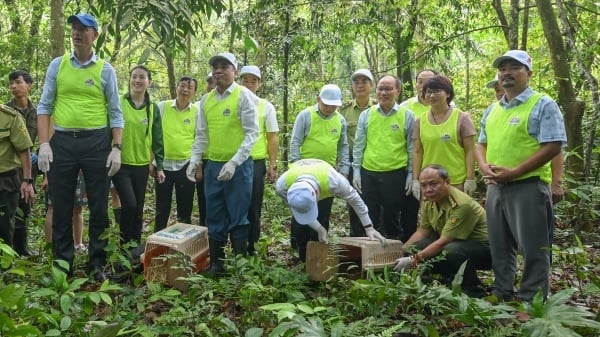
(VAN) On celebration of International Day for Biological Diversity, Deputy Minister Nguyen Quoc Tri called for practical actions to address nature and biodiversity conservation.
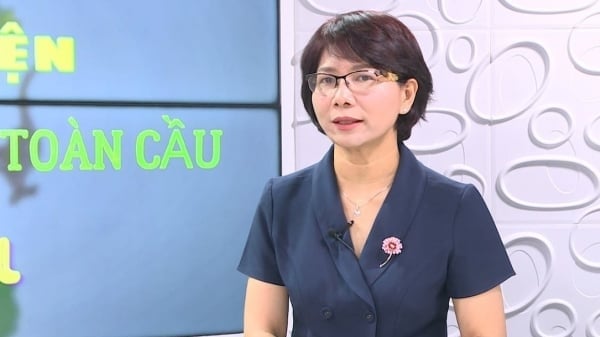
(VAN) Dr. Hoang Thi Thanh Nhan – Deputy Director of the Nature and Biodiversity Conservation Agency – highlighted this on the International Day for Biological Diversity, May 22, 2025.
![Ho Chi Minh city adapts to climate change: [2] Accelerating action](https://t.ex-cdn.com/nongnghiepmoitruong.vn/608w/files/chiqk/2025/05/22/4024-4220-bien-doi-khi-hau-1-100626_766.jpg)
(VAN) Clearly recognizing the challenges posed by climate change, Ho Chi Minh city has swiftly shaped its policies and implemented practical solutions to adapt.
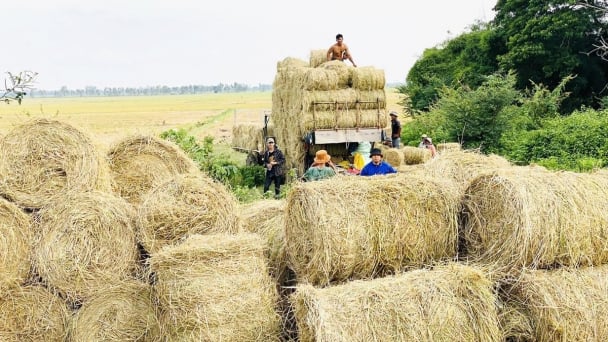
(VAN) Rice straw is no longer just a discarded byproduct, but it is becoming a green resource that helps farmers in the Mekong Delta reduce emissions and promote circular, sustainable agriculture.
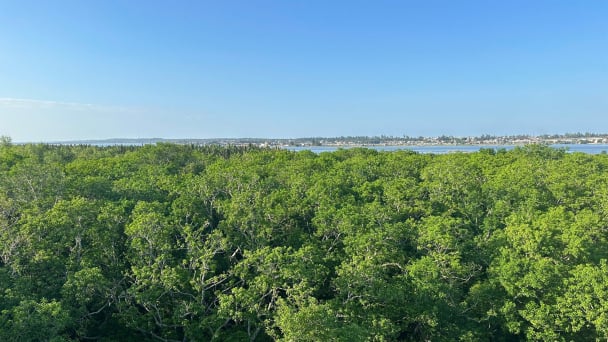
(VAN) Other Effective Area-based Conservation Measures (OECMs) are solutions that contribute effectively to achieving the goals of the Kunming–Montreal Global Biodiversity Framework.
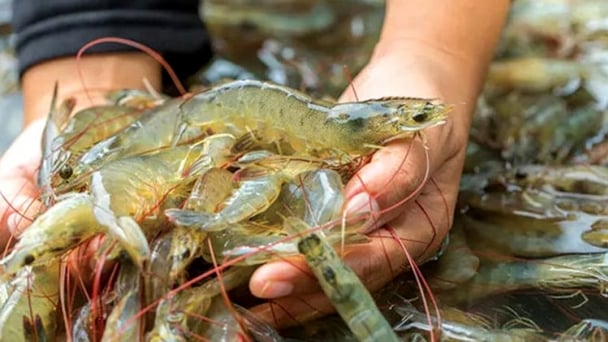
(VAN) A study assessing the carbon footprint of whiteleg shrimp farming in China shows the potential for carbon emission reduction through the use of renewable energy.